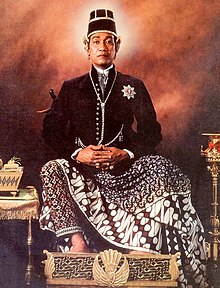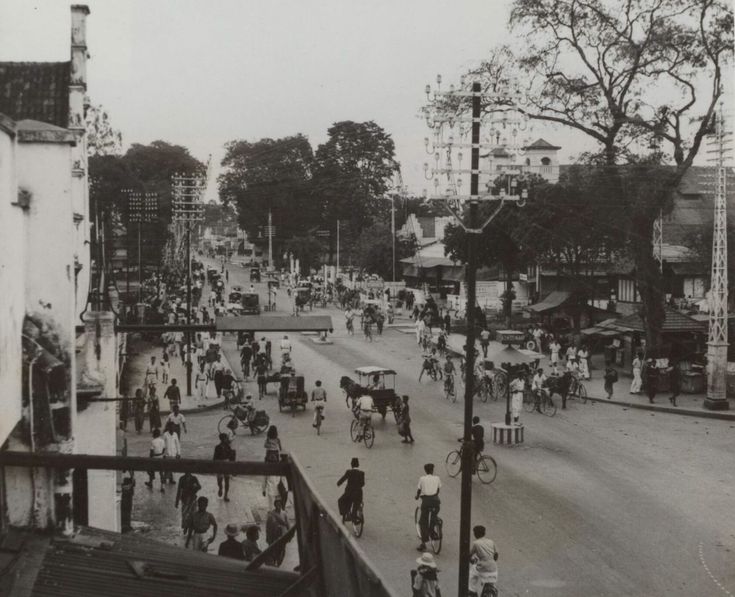History of Yogyakarta


Yogyakarta, often called “Jogja,” is one of Indonesia’s most important cultural and historical centers. It became a royal city in 1755 after the Treaty of Giyanti divided the Mataram Kingdom, creating the Yogyakarta Sultanate under Sultan Hamengkubuwono I. Since its founding, Yogyakarta has been a stronghold of Javanese culture, arts, and spirituality, maintaining traditions such as batik, gamelan music, and classical dance.
Unlike other regions in Indonesia, Yogyakarta retains its unique status as a Special Region (Daerah Istimewa Yogyakarta), where the Sultan also serves as the Governor. This arrangement reflects the deep respect for the Sultanate’s role in supporting Indonesian independence and preserving local identity.
The current Sultan, Hamengkubuwono X, has led the Sultanate and the province since 1989. Known for his progressive outlook, he has worked to modernize governance, improve education, expand tourism, and protect Yogyakarta’s cultural heritage. Under his leadership, the Kraton (royal palace) remains not just a residence but also a living museum of Javanese tradition, symbolizing the blend of heritage and modernity.
Today, Yogyakarta continues to be a destination where history, culture, and innovation meet, with Sultan Hamengkubuwono X at the heart of its transformation.


